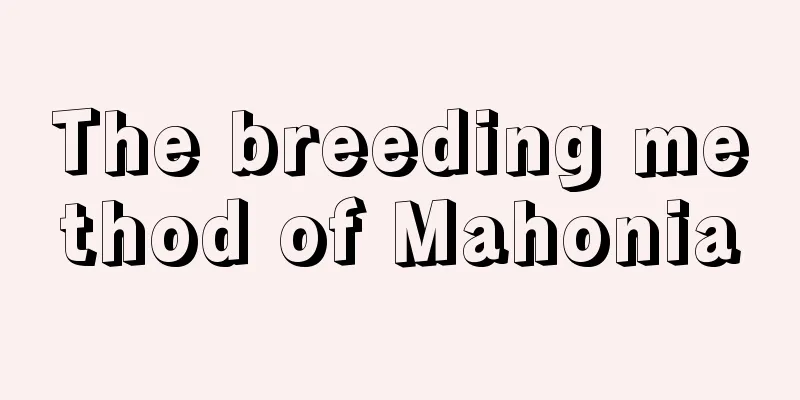Hops cultivation method

1. Maintenance methods1. Temperature: Beer gardens prefer a cool growing environment, so the temperature cannot be too high. They are very afraid of heat and can usually grow normally between 14 and 25 degrees. However, the temperature in winter cannot be too low. If it exceeds its tolerance range, it needs to be kept warm. 2. Watering: Hops like moisture very much. The soil needs sufficient moisture and cannot be separated from water during the growth period. Each watering should be thorough. It is recommended to water twice a day in summer. Unlike other plants, it also needs to be watered frequently in winter, and its growth is directly linked to watering. 3. Light: The strong light in the summer requires appropriate shading, while it needs normal light in other seasons. In spring and winter, it can be directly exposed to full sunlight, so that it will grow more and more vigorously and more flower buds will appear. 4. Fertilization: Hops has a very high demand for fertilizer. Fertilization can be combined with watering. Some nitrogen fertilizer can be applied when the seedlings are young to promote growth. During the flowering period, compound fertilizer should be applied to prolong the flowering period. During the winter, some organic fertilizer needs to be applied to ensure that it can survive the winter safely. 2. Breeding techniques1. Reproduction: Underground stem cuttings and green branch cuttings are two important methods of reproduction. Underground stem cuttings are to remove part of the underground stems when cutting buds, and then replant them. This method is currently the most commonly used and also the one with the highest survival rate. Green branch cuttings are best carried out in June. Just choose tender branches and plant them directly. This method is also frequently used. 2. Pruning: Cut off some branches and leaves that grow too densely. At the same time, if you find old and diseased branches, you also need to cut them off. This can increase light transmittance, ensure normal ventilation, and reduce the growth of some bacteria. 3. Problem diagnosis and treatment1. Disease: Downy mildew will occur, and its flowers will be covered with a layer of gray substance. Normal growth and viewing require the use of pesticides to control it. 2. Pests: Snails will appear. You can kill some of the young eggs when plowing the land, or you can capture them manually. IV. Other issues1. Toxicity: It is non-toxic and has antibacterial and sedative effects. 2. Can it be raised at home? It is not recommended to raise it at home, as it plays an outstanding role in beautifying the environment. |
>>: Cultivation methods and precautions of pitcher plants
Recommend
Can I grow peonies at home?
Can I grow peonies at home? You can grow peonies ...
How long does it take for spinach to sprout?
How long does it take for spinach to sprout? It t...
Illustration of asparagus fern pruning method
Asparagus fern is known as the "elegant bamb...
Cultivation methods and precautions of Chinese aloe
1. Soil Its roots are sensitive to water, so you ...
The efficacy and function of mulberry
1. Aid digestion Mulberry seeds are rich in fatty...
Why does the gardenia only have leaves but no flowers?
1. Pruning problem (1) Specific reasons: Some pla...
Nepenthes growth environment conditions and characteristics
Nepenthes growth environment conditions and requi...
What is Pu Cai?
What is Pu Cai? Cattail is the tender pseudostem ...
When is the best season to plant Gastrodia elata?
Gastrodia elata is not only a major medicinal mat...
The efficacy and function of castor
1. Laxative Castor oil can relieve symptoms such ...
Taboos on the placement of asparagus fern in Feng Shui
1. Do not place it in a location with too much li...
How to propagate alum root and what to pay attention to
Alum root propagation method The main ways of pro...
Can the cut branches of Epiphyllum survive by transplanting? What is the time and method for transplanting?
Can the cuttings of Epiphyllum survive by transpl...
How to make dried flowers of baby's breath
1. Natural air drying method Introduction: This m...
Black sesame planting time and method
Black sesame planting time It is best to sow blac...









